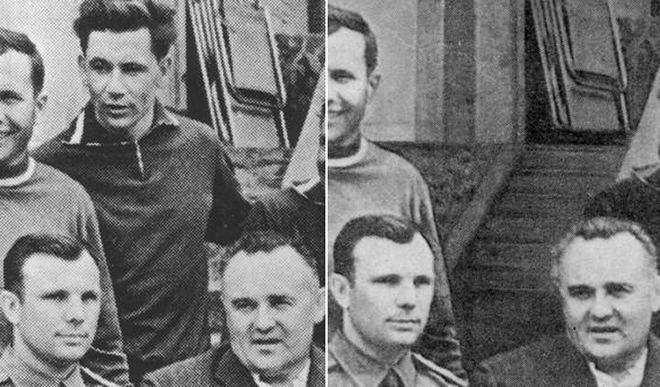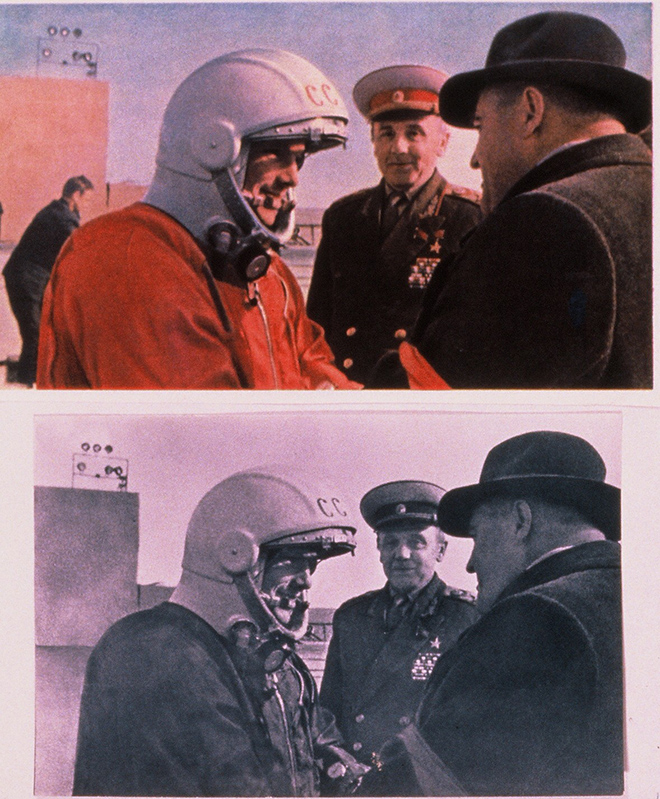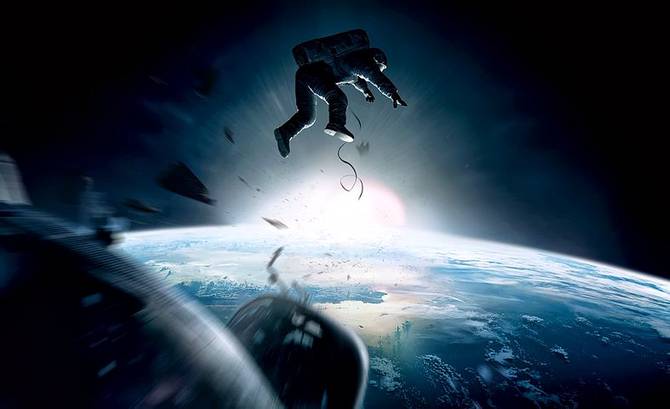On April 12th, 1961, a Russian man named Yuri Gagarin made history aboard a Soviet Vostok 3KA-3 spacecraft. For years, the United States and Soviet Union had been using the barrier between our world and beyond as a benchmark to test each nation’s greatest technological and engineering advances, and on that day, Gagarin achieved an incredible victory for the communist nation: he flew in space.
The space race was about far more than national pride, however, it was truly about global supremacy. Each nation recognized the final frontier as both a tactical advantage for military operations and a public relations necessity – competition put the American people behind spending the money required to go up against the Red giant, and victory would benefit morale nationwide. However, the Soviets did not need the public’s approval for expenditures, opting instead to announce each mission toward the unknown only after its successful completion, leaving their people under the impression that the Soviet program was incapable of failure.
In recent years, however, stories have begun to emerge about failed Soviet space missions and their policy of ensuring the media, the public, and their American competition never learned of their missteps.
Photographs surfaced in the 1970s depicting early Cosmonauts (Soviet Astronauts) at work and on vacation with one another, but because of confusion regarding which photographs had been published, Soviet news managers accidentally released never before seen versions of the images. When previously published images were compared to the images that were released in the seventies, inconsistencies began to surface. Most notable among these issues were missing Cosmonauts; the Soviet government had actually airbrushed entire people out of group photographs, opting to pretend these men were never a part of the program to begin with.

When confronted about these alterations, the Soviet Government made a number of fumbled attempts at explaining why they felt the need to forge the images released to the public. Finally, in the final years of Soviet reign, Gorbachev instructed Soviet journalists and historians to determine what truly happened to these “missing” and omitted men. Their research revealed that most had been expelled from the program for behavior that made them unsuitable to be seen as heroes for the nation or had developed medical conditions that prohibited them from participating in space flight. According to reports, the Soviet government had opted to remove them from records completely rather than explain away their failures in public.
All of this did little to sway American beliefs that the Soviets, even years after America claimed victory in the space race by landing on the moon, had more to hide than they were letting on. While some Americans have gone so far as to travel to Russia to meet with some of these redacted cosmonauts to verify Soviet stories, not all of the men can be accounted for officially.

American author and former NASA mission control scientist, James Oberg, was one of the first to notice the inconsistencies in the Soviet images and, although he has written at length about his beliefs regarding these “lost” cosmonauts in books like “Uncovering Soviet Disasters,” he seems fairly convinced in recent years that the Soviets were telling the truth about these redactions, and that most, if not all, of these missing cosmonauts were simply removed from the space program photographs to protect their flawless reputation.
Possibly the most damning, or at least the most controversial, evidence to suggest that the Soviet space program was not nearly as flawless as they contended at the time, were reports of a pair of Italian brothers that recorded radio transmissions prior to and after Gagarin’s historic flight that seemed to indicate manned orbital missions going awry.
The Judica-Cordiglia brothers were amateur hand radio operators that released a number of recordings in 1963 that they claimed were recorded during the Soviet’s most intense period of attempts to put a cosmonaut in space; attempts which they claim began in 1960, nearly a year prior to Gagarin’s successful mission.
Already have an account? Sign In
Two ways to continue to read this article.
Subscribe
$1.99
every 4 weeks
- Unlimited access to all articles
- Support independent journalism
- Ad-free reading experience
Subscribe Now
Recurring Monthly. Cancel Anytime.
According to the brothers, in May of 1960 they recorded a Morse code message indicating that a manned Soviet spacecraft had drifted dangerously off course. Then, on November 28th, 1960, another Morse code signal, this time an SOS distress call, was recorded as another spacecraft reportedly left Earth’s orbit. In February of 1961, they recorded a cosmonaut audibly suffocating to death while attempting to contact mission control, then in April, they tracked Gagarin’s vessel as it made three successful orbits around Earth before reentering. The Soviets announced Gagarin’s success three days after the brothers claim to have tracked his flight path.
The recordings did not stop there, however. In May, the brothers claimed to have recorded another craft’s distress call as it slipped out of orbit, then again in October and November. In November of 1963, the brothers said they recorded a female cosmonaut pleading for help as her craft burned up during reentry. A final death, according to these brothers, occurred in April of 1964, again due to failed heat shielding during the return flight.
There are confirmed reports of Soviets dying in their pursuit of space flight, but these reports were often not confirmed until after the fall of the Soviet Union and in the face of overwhelming evidence. Gagarin’s own best friend died in an orbital mission. According to claims, he was aware that his mission was likely to fail due to a number of structural issues on the vessel, but opted to fly anyway to prevent his friend and backup pilot, the Soviet hero Gagarin, from having to take the risk. While it is confirmed that Vladimir Kamarov died during the failed re-entry of his Soyuz 1 capsule, rumors continue to surface about his final minutes, in which many claim he railed against the Soviet regime and faulted them for his impending death.
Twenty-two Americans have died as a result of our own efforts to extend mankind’s reach beyond our tiny blue dot. The task is incredibly dangerous and the men and women of every nation’s space program should be heralded for their bravery, but if claims about Soviet efforts to erase the lives of men and women that were lost in pursuit of victory over America are even partially true, it would add a dark lens to how we perceive all Soviet accomplishments during the era.
Images courtesy of Wired and Movie Pilot













COMMENTS
You must become a subscriber or login to view or post comments on this article.